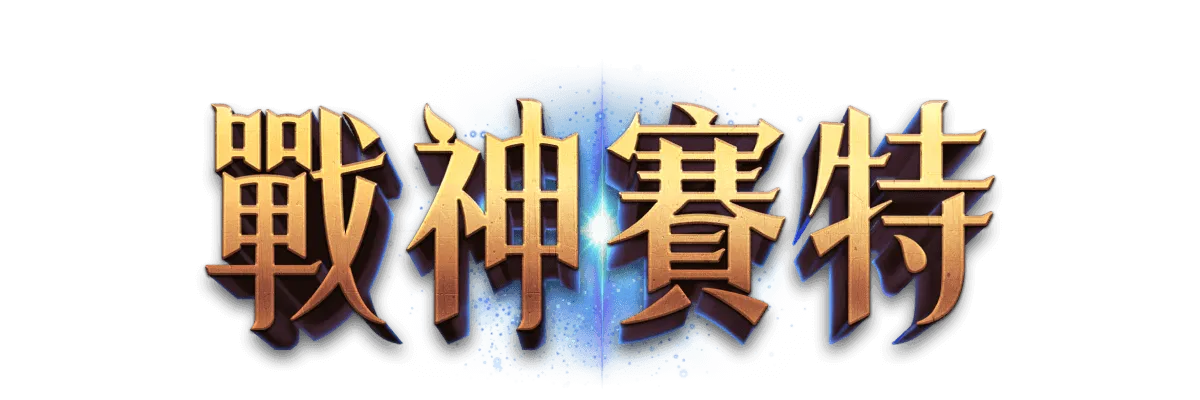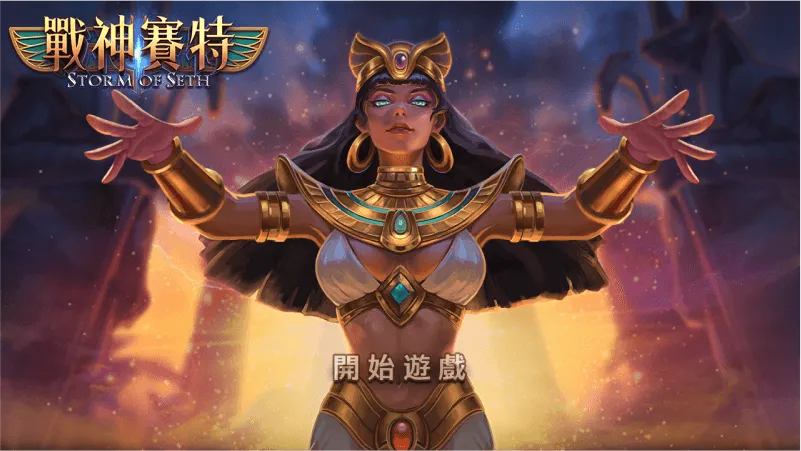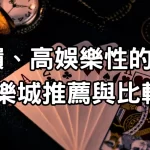Set: A Mythic Journey from Desert God to Warlord
Set (also spelled Seth) is one of the most controversial deities in ancient Egyptian mythology, embodying storms, deserts, chaos, and war. He served as a fierce guardian of Ra in the underworld, yet also became cursed for murdering his own brother.
This dual nature—protector and destroyer, order and chaos—makes Set one of the most dramatic figures in all of mythology.
Divine Origins and Lineage
According to the Heliopolitan Ennead, Set is the son of the sky goddess Nut and earth god Geb, making him the sibling of Osiris, Isis, and Nephthys. He married Nephthys, and their children—according to some myths—include the underworld gods Anubis and Wepwawet.
Note: Both the Pyramid Texts and Book of the Dead contain systematic references to this divine family, forming the core of ancient Egyptian religious belief.
Divine Role and Iconography
Set’s divine role evolved through the ages—from a protector of borders and wielder of storm power, to a symbol of chaos and destruction.
He is typically depicted with the head of a mysterious creature known as the Set animal, marked by squared ears and a curved snout. Scholars speculate it may have been inspired by the African aardvark or desert-dwelling canine hybrids.
| Symbol | Meaning |
|---|---|
| Desert | Frontier, trial, extreme environments |
| Storms | Raw power and unpredictable forces |
| Beast Form | Unknown, untamed energy |
Conflict with Osiris and Horus
After slaying Osiris and usurping the throne, Set was challenged by Horus in a drawn-out divine war. Their clash represents the struggle for legitimate kingship, as well as the eternal tension between chaos and order.
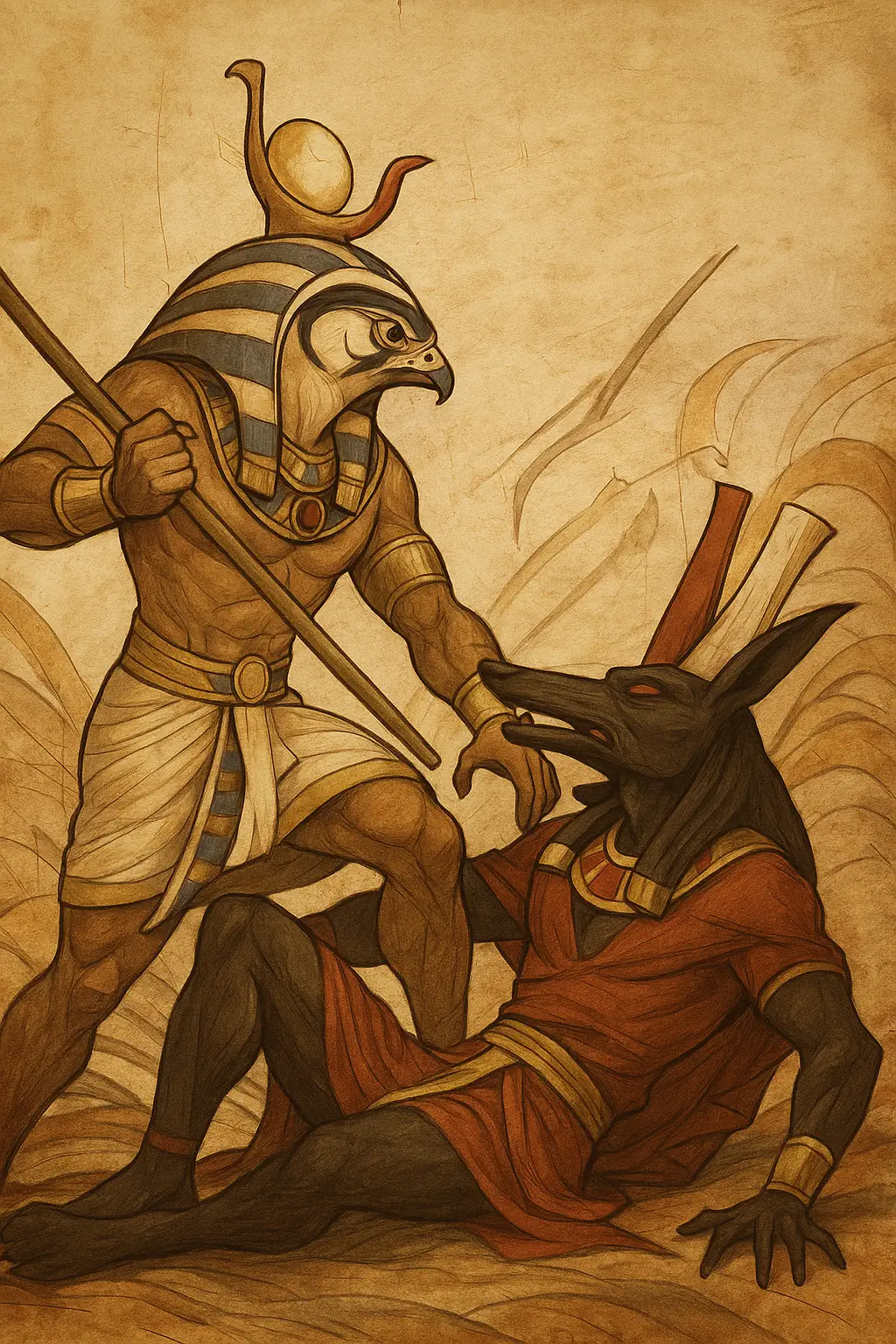
According to the relief “Trial of Horus and Set,” the struggle lasted eighty years before the gods declared Horus the rightful heir.
Temples and Worship: The Rise and Fall of Set’s Cult
The worship of Set experienced dramatic shifts throughout ancient Egyptian history. He was first venerated as a major deity in Upper Egypt during the Naqada period, and later rose to national prominence as a protective god during the Second and Third Dynasties.
During the Second Intermediate Period, the invading Hyksos even elevated Set to the status of their official state god. However, as the cults of Osiris and Horus grew stronger, Set’s image gradually became demonized, leading to the decline of his worship.
The Beast Within: Interpreting Set’s Iconic Form
Set’s form does not correspond to any real animal. Ancient Egyptians depicted him as a strange beast later dubbed the “Set animal”, characterized by tall rectangular ears, a curved snout, and a long, upright tail.
Some scholars believe this composite figure may have been inspired by creatures such as the African aardvark, or amalgams of jackals, crocodiles, and hippos—all creatures linked to nocturnal danger and chaos.
| Creature | Symbolic Meaning |
|---|---|
| Set Animal | Chaos, unknown forces, borderlands |
| Aardvark | Nocturnal, hidden, subterranean mystique |
| Hippo / Crocodile | Destruction and danger |
| Jackal | Desert death and wilderness |
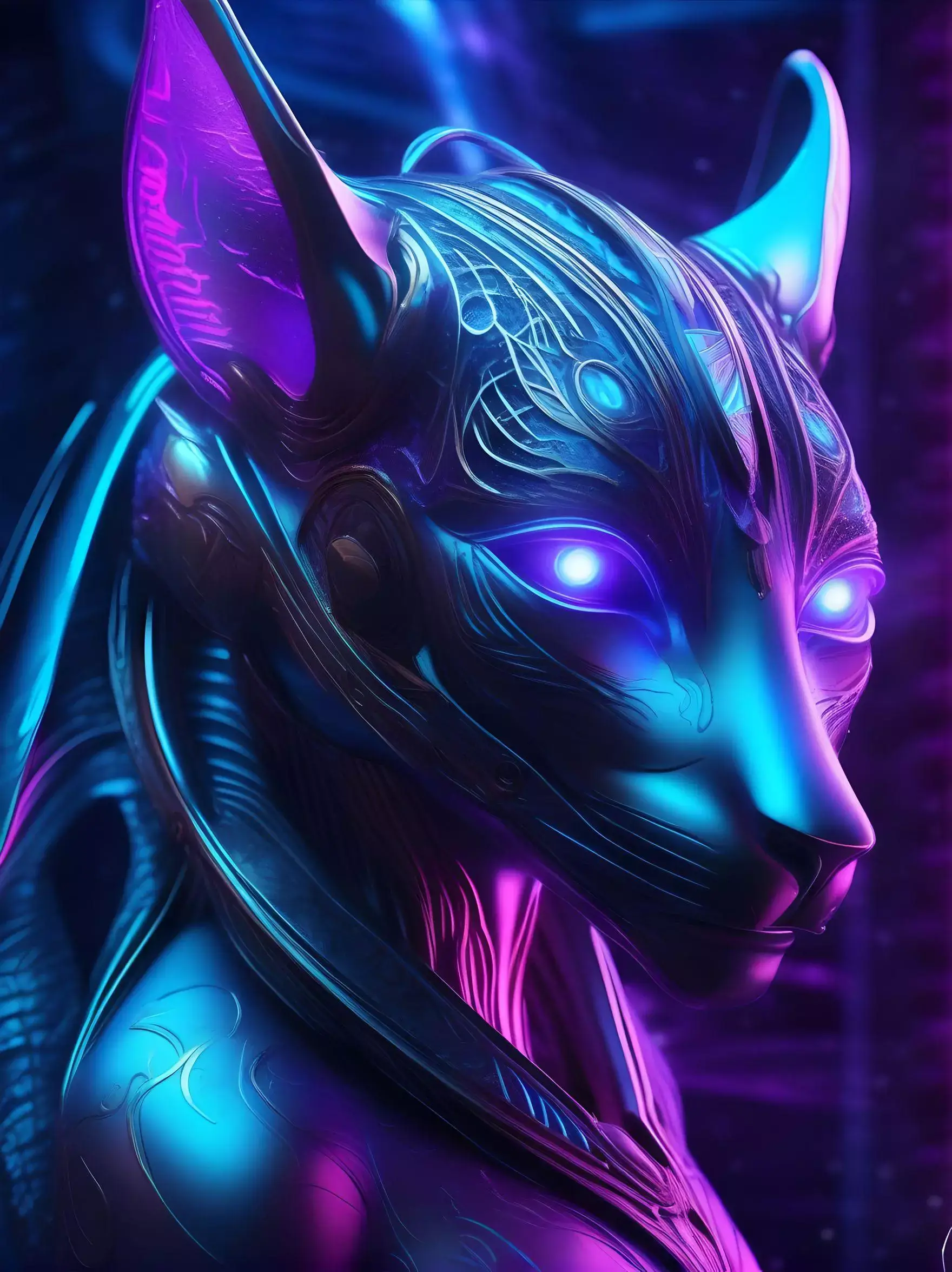
Set and Sovereignty: Guardian of Pharaohs
Though Set is often portrayed as a symbol of chaos, he was at times embraced as a royal emblem and divine protector. During the Nineteenth Dynasty, especially under the Ramesside rulers, Set was revered as a god of war, standing alongside Horus as a pillar of state power.
Some pharaohs even incorporated Set’s name—such as Seti I—to signal divine protection and the inheritance of his might and dominance.
Source: British Museum, Object EA125
Modern Reinvention: Set’s Return in Contemporary Culture
In today’s pop culture and entertainment industries, ancient mythological figures are seen as high-potential narrative IPs. Among them, Set stands out with his dual nature—protector and destroyer—making him visually striking and mythologically profound.
Thanks to digital tools and interactive design, Set has crossed from temples into virtual realms. His image is reframed with modern storytelling, allowing users to actively participate in mythic reenactments.
Reference: Game Studies – “Chaos Gods in Playable Myth”
Reimagining Set in Interactive Gaming
In the game “God of Chaos: Set”, players take on the role of Set amid a divine conflict involving Osiris, Horus, and Apep. Through combat, narrative branching, and evolving divine powers, players don’t just explore ancient myth—they reflect on the balance between chaos and control, power and responsibility.
This shift from “reading myth” to “playing myth” turns deities into vessels of cultural engagement rather than static symbols.
The mythic tension of Set’s fratricide and Horus’s revenge forms the core dramatic arc of “God of Chaos: Set.”
Translating Myth into Playable Design
The character design in “God of Chaos: Set” goes beyond visual accuracy. Using a translational design strategy, the creators preserved mythic meaning while incorporating modern preferences—such as armor, energy auras, and dynamic skill effects—for deeper immersion.
Even Set’s voice lines, animations, and skill names reflect symbolic meaning. For instance, his ultimate ability, “Judgment of the Sandstorm”, pays homage to his identity as the god of the desert.
Just as Set embodies both chaos and control, the modern retelling of myth is itself a balance between fiction and truth—a cultural dialogue rather than a moral verdict. Much like gambling, it’s not about good or evil—but about mastery.
Visual Revival and Cultural Imagination: Set’s Modern Persona
Set’s image is widely used in modern culture—from artworks and cinematic worldbuilding to video game character design. These visual representations reflect not only Set’s multifaceted nature but also society’s evolving reinterpretation of ancient myths.
Reference: Egypt Museum – Set Animal Iconography Exhibit
Through cross-media creations, Set is reborn beyond mythology, becoming a fresh cultural symbol that extends his legacy into the digital and entertainment age.
References and Academic Sources
Frequently Asked Questions (FAQ)
Q1: Is Set an evil god?
Set has a dual nature in Egyptian mythology. While often seen as a force of chaos and destruction, he was also the protector of Ra in the underworld. His role shifted with myth variations and political contexts, making him far more complex than a simple “evil god.”
Q2: What animal does Set represent?
Set is associated with the mythical “Set animal”—a beast with a curved snout, upright rectangular ears, and a forked tail. Scholars believe it may have been inspired by aardvarks or desert canids.
Q3: Why is Set the main character in *God of War: Set*?
Set’s balance of destruction and protection creates powerful narrative tension. His anti-hero persona suits stories dealing with power, chaos, and legitimacy—making him ideal for a modern myth-based game protagonist.
Q4: Who won the battle—Set or Horus?
Traditional myths often end with Horus victorious. However, some versions suggest a reconciliation, symbolizing a balance between chaos and order.
Q5: Is Set still worshipped today?
Although no formal worship of Set exists today, he remains influential in academic discourse, esoteric traditions, and creative reinterpretations in modern culture.
*Note: This article reflects a cultural and symbolic interpretation and does not claim to present a definitive religious or historical perspective.*
